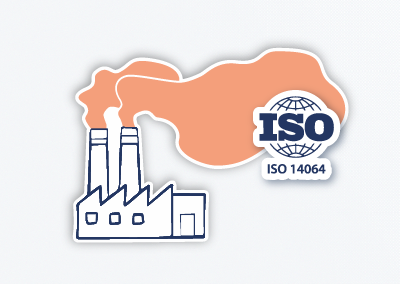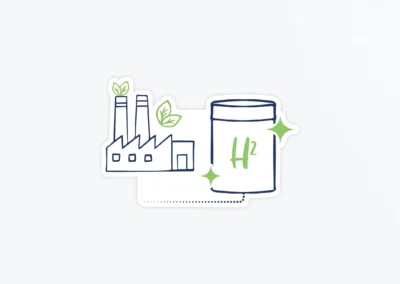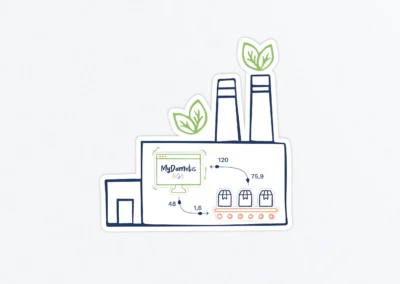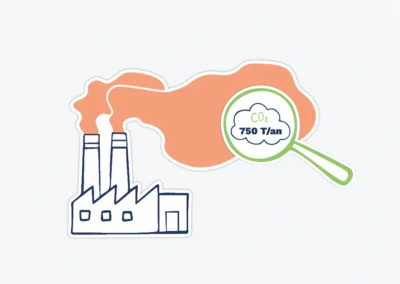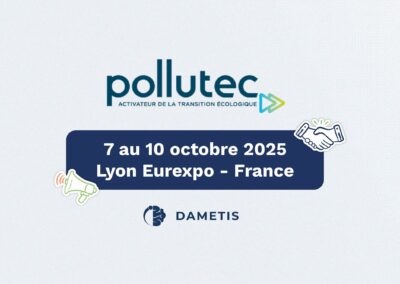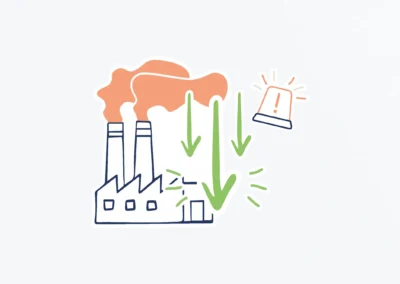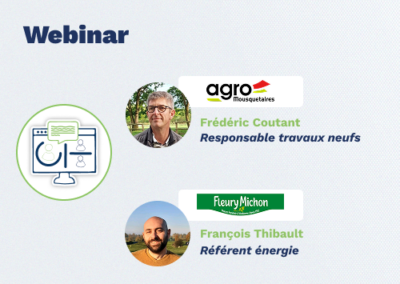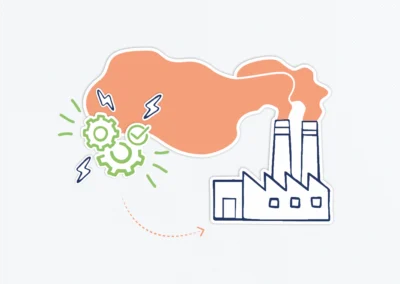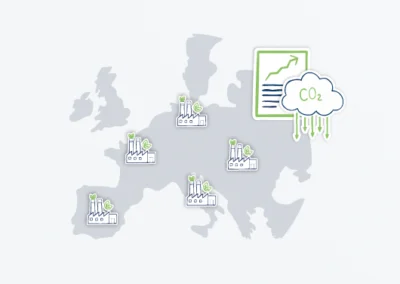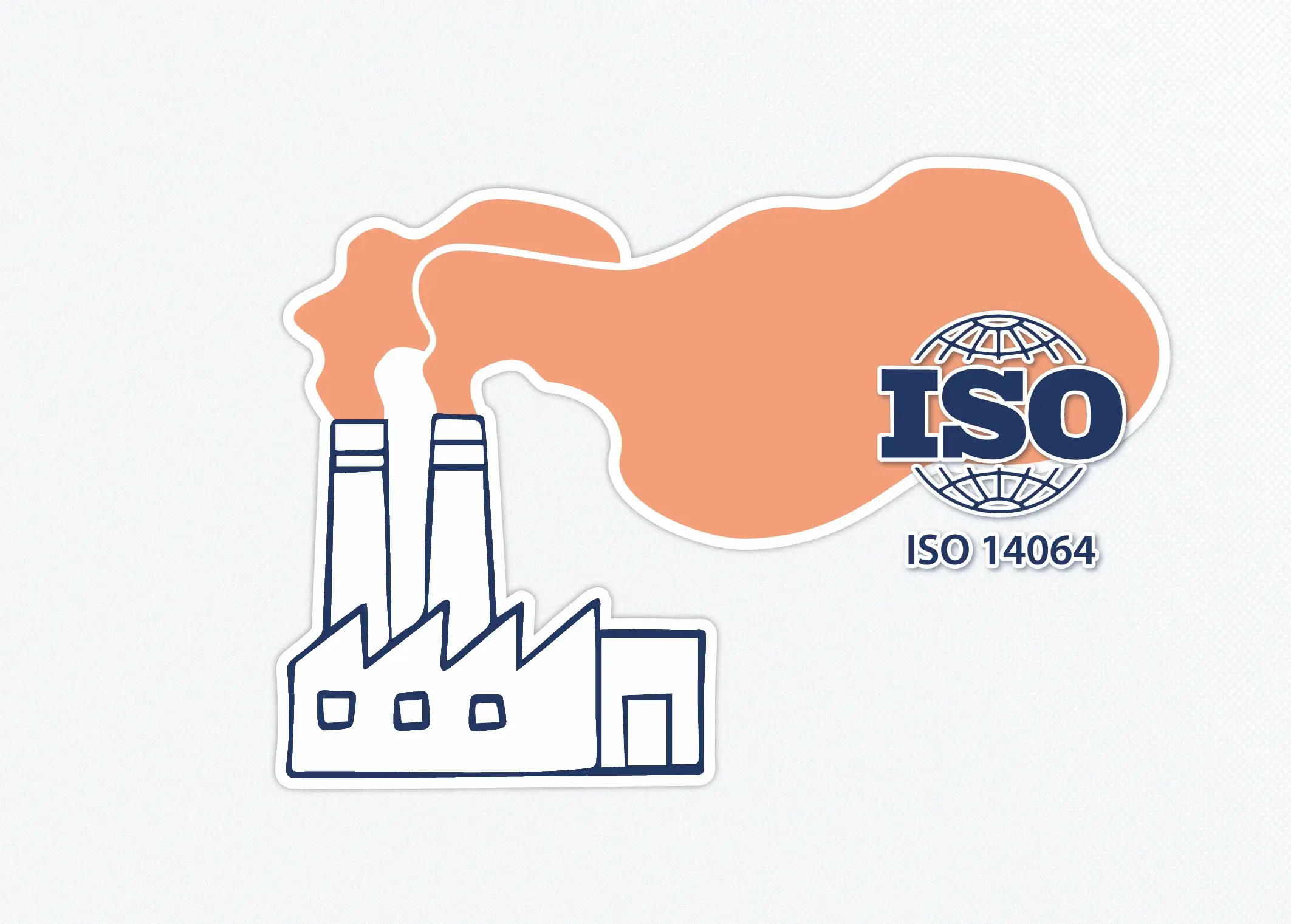
Understanding the ISO 14064 Standard
What is the ISO 14064 standard?
Measuring carbon, a prerequisite for the transition
The ecological transition cannot simply be declared; it must be measured. For about fifteen years, the ISO 14064 standard has established itself as an international reference framework for calculating, verifying, and reporting greenhouse gas (GHG) emissions.
The history of ISO 14064 begins in 2006. A few years earlier, the Kyoto Protocol (1997) had set quantified objectives for emission reductions. Carbon markets were emerging, with the possibility of buying and selling emission allowances and credits from emission reduction projects. But one issue arose: how could the reliability of calculations be guaranteed?
It was in this context that the International Organization for Standardization (ISO) published the 14064 series. It complements the ISO 14000 family, which focuses on environmental management, by providing a common language and clear methodology for carbon accounting. The standard is divided into three parts, corresponding to the different stages of a greenhouse gas reduction strategy.
Dametis supports you in implementing Energy Management within your industry!
ISO 14064-1 for Greenhouse Gas Inventories
This is the most widely used part of the ISO 14064 standard, as it is directly aimed at organizations (companies, local authorities, public institutions). It defines the methodology for quantifying and reporting greenhouse gas emissions and removals.
ISO 14064-1 sets out the principles for:
- Defining the organizational boundary of the assessment. The company must specify which entities are included in its inventory (subsidiaries, sites, activities under operational or financial control).
- Defining the operational boundary by identifying emission sources and classifying them into three categories according to the scopes of the GHG Protocol (carbon footprint).
- Direct emissions under Scope 1 relate to the company’s own activities, for example, fuel combustion, fossil energy used in industrial processes, etc.
- Indirect emissions (Scope 2) are linked to the consumption of purchased energy, whose emissions occur outside the company’s direct boundary (electricity, heating, and cooling).
- Finally, Scope 3 includes all other indirect emissions related to the company’s value chain, outside its direct control, such as those generated by employee travel, raw materials, product use, and equipment.
Each data point must be documented (invoices, meter readings, logistics reports…). The emission factors used must come from recognized sources (such as ADEME in France). The purpose of the ISO 14064-1 standard is to ensure the transparency and traceability of carbon footprint data. The data must be verifiable and comparable over time.
Dametis supports you in taking action on Scopes 1 and 2, thereby improving your carbon footprint!
ISO 14064-2 for Emission Reduction or Sequestration Projects
The second part of the ISO 14064 standard is aimed at project developers who want to demonstrate that their actions lead to real emission reductions or additional carbon storage. It sets out the guidelines for quantifying and monitoring emissions, as well as the methodology for drafting project reports. More specifically, the main requirements of ISO 14064-2 are as follows:
- Establishing a baseline scenario. This step consists of calculating emissions in the absence of the project — in other words, what would happen if the project did not exist. For example, the case of a factory that continues to operate with its old boiler. Biotechnologies and bioproduction like biomolecules and medical technologies.
- Measuring CO₂ reduction or sequestration. This involves comparing the project’s actual emissions (modernized boilers, reforestation programs, etc.) with the baseline scenario. The difference constitutes the GHG reduction. Any emissions indirectly caused by the project outside its organizational boundary must also be considered. If an emission reduction in one sector causes an increase elsewhere (for example, relocating a polluting production process), this must also be taken into account.
- Assessing the permanence of results. ISO 14064-2 requires the implementation of monitoring measures to ensure long-term effectiveness. For example, a planted forest must be protected over the long term.
ISO 14064-3 for independent verification and validation
The third part of the standard targets auditors, certifiers, and independent third parties. It defines how to verify that an inventory or project complies with the standard and that the published data are reliable. It therefore provides a framework for the process of third-party verification and validation. The main steps defined by ISO 14064-3 are as follows:
- Planning. The auditor and the company define the scope and the expected level of assurance. The standard allows choosing between a reasonable level of assurance and a limited level of assurance.
- In the first case, the audit is more in-depth and may be required as part of a regulatory obligation.
- In the second case, the audit is simpler. Although still rigorous, it is less detailed and suited to voluntary approaches (for example, an internal report).
- Data evaluation. In this phase, the auditor focuses on analyzing data collection methods, data sources, emission factors used, and so on.
- Testing and sampling. On-site verifications may be carried out, as well as checks of recorded data or comparisons with other sources.
- Managing uncertainties. This step aims to assess the robustness of calculations and identify potential sources of error.
- Drafting the verification report, in which the auditor presents their conclusions on compliance with the requirements of ISO 14064-3 and on the credibility of the results.
Why use ISO 14064?
Adopting the ISO 14064 standard offers a major r strategic advantage for companies wishing to anchor their climate action within a recognized and credible framework. In an environment where regulations are tightening and pressure from investors, customers, and public opinion is increasing, this standard provides a common language and a rigorous methodology for measuring, monitoring, and reporting greenhouse gas emissions. It not only helps ensure the reliability of data but also supports compliance with regulatory requirements, such as the BEGES (Greenhouse Gas Emissions Report). ADEME’s methodology for conducting a BEGES is, in fact, aligned with ISO 14064-1.
Beyond compliance, ISO 14064 helps companies identify their most significant emission sources and therefore effectively target their reduction actions. It also serves as a trust passport in carbon markets, providing guarantees of transparency and traceability. Finally, the standard promotes comparability of results between companies, sectors, and regions, which strengthens the credibility of initiatives and fosters collective progress.
Using ISO 14064 means equipping yourself with both a technical and strategic tool — a reliable methodological foundation to structure your low-carbon transition, enhance resilience to regulatory expectations, and highlight your commitments to all stakeholders.
Dametis supports you with its EMS software to help reduce your industry’s energy consumption.









